Grass Clippings brown or Green
landrum
16 years ago
Related Stories

LANDSCAPE DESIGNIs It Time to Consider Fake Grass?
With more realistic-looking options than ever, synthetic turf can be a boon. Find the benefits and an installation how-to here
Full Story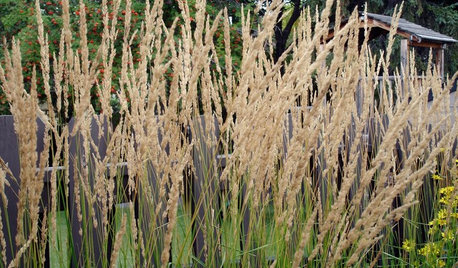
GARDENING AND LANDSCAPING5 Hot Cool-Season Grasses
Chill out this spring with resilient grasses that will kick-start your garden and may just last all year
Full Story0

PRODUCT PICKSGuest Picks: Bursts of Green for Spring
Get a jump start on the season of fresh beginnings with home decor in shades of chartreuse, lime and grass green
Full Story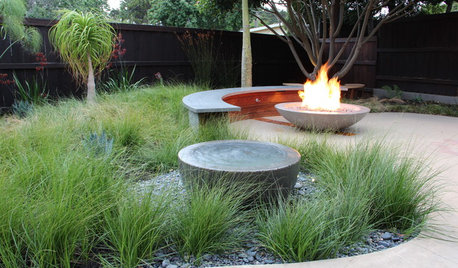
LANDSCAPE DESIGNEnergize Your Landscape With Masses of Grasses
Create year-round interest with waves of attention-getting grasses for all kinds of yards
Full Story
PURPLE FOLIAGEGreat Design Plant: Purple Fountain Grass
Easy come, easy grow — give this low-maintenance grass pride of place in your garden
Full Story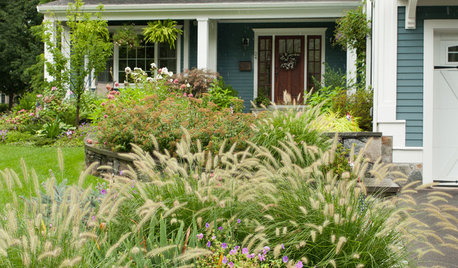
LANDSCAPE DESIGNGreat Design Plant: Lively Fountain Grass Thrives Just About Anywhere
Enjoy fountain grass for its exuberant form, long-lasting color and texture for borders and more
Full Story
GRASSES10 Ways to Use Ornamental Grasses in the Landscape
These low-maintenance plants can add beauty, texture and privacy to any size garden
Full Story
CENTRAL PLAINS NATIVE PLANTS10 Top Grasses for the Central Plains
Low-maintenance grasses provide seasonal interest and wildlife habitat, and aid good design
Full Story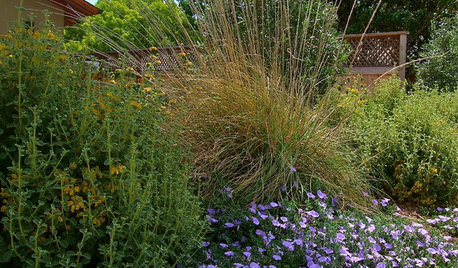
GRASSESGreat Design Plant: Deer Grass
Give wildlife a snack and give yourself a break — this food-source grass is easygoing in many climates and conditions
Full Story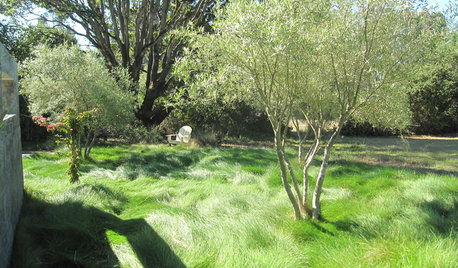
GARDENING AND LANDSCAPING7 Ornamental Grasses for Coastal Gardens
These hardy seashore plants evoke the ocean, sway in the breeze and help prevent sand erosion in the landscape
Full StoryMore Discussions







julianna_il
squeeze
Related Professionals
Brentwood Landscape Architects & Landscape Designers · Billerica Landscape Contractors · Matthews Landscape Contractors · Bellefontaine Neighbors Landscape Contractors · Biloxi Landscape Contractors · Bridgeport Landscape Contractors · Cordele Landscape Contractors · Lake Worth Landscape Contractors · Westford Landscape Contractors · Benton Decks, Patios & Outdoor Enclosures · Miami Decks, Patios & Outdoor Enclosures · Palmetto Decks, Patios & Outdoor Enclosures · Port Saint Lucie Decks, Patios & Outdoor Enclosures · Salem Decks, Patios & Outdoor Enclosures · West Bloomfield Township Decks, Patios & Outdoor EnclosuresKimmsr
robertzone6
digdirt2
dchall_san_antonio
albert_135 39.17°N 119.76°W 4695ft.
digdirt2
mmqchdygg
Fred_in_Maine
dchall_san_antonio
Fred_in_Maine
landrumOriginal Author
franktank232